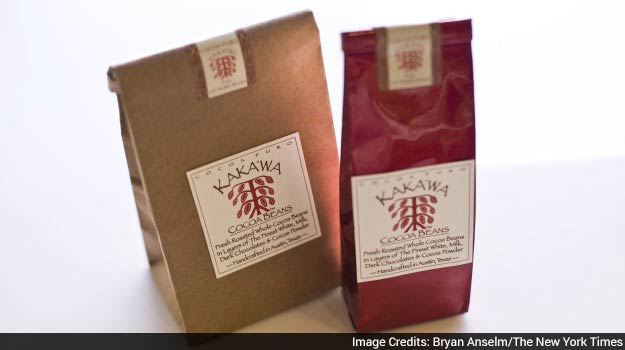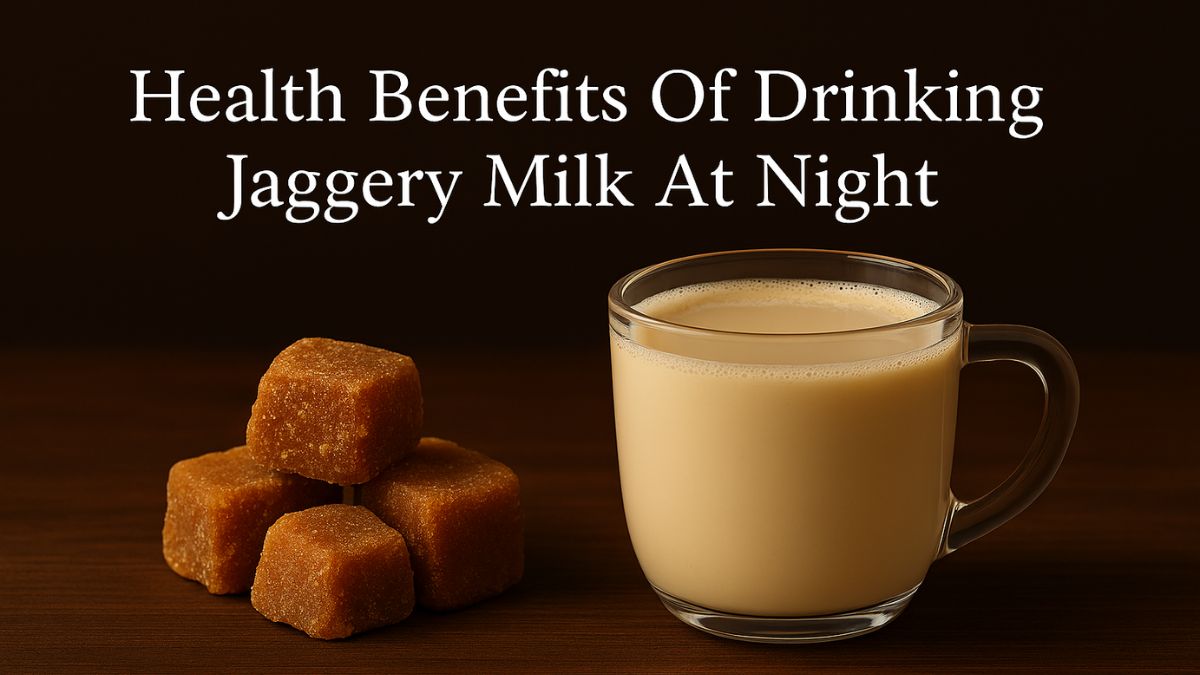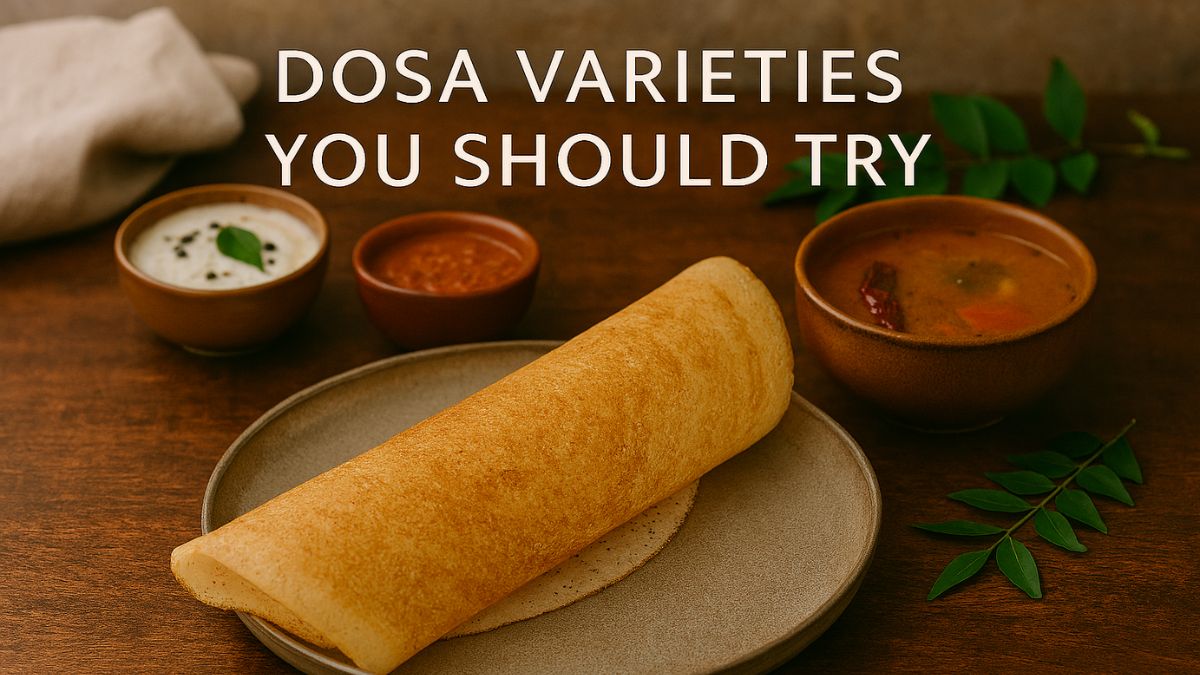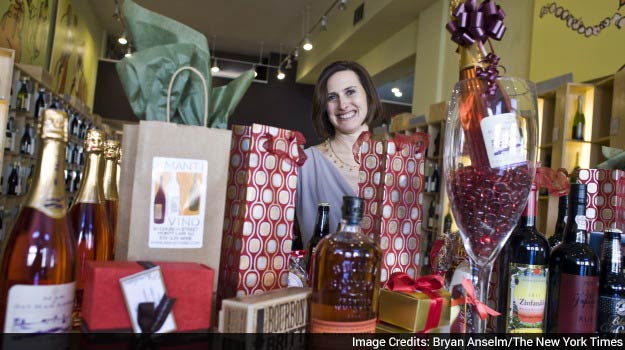With the arrival of February comes a question as inevitable as long-stem roses, come-hither lingerie and ridiculously bad Valentine's Day restaurant deals: What wine goes best with chocolate?
I have done my curmudgeonly best to avoid ever having to answer this question seriously. The whole issue smacks too much of "sinful desserts," "guilty pleasures" and all the other puritanical constructions that cause people to feel as if they are daring the moral authorities by risking a glass of wine on a weeknight. If drinking wine with chocolate qualifies as a naughty thrill, well, our perception of naughtiness seems appallingly limited.
Yet, while I personally am not that interested in drinking wine with chocolate, the question of which combinations are best is a good one, with some excellent answers. It turns out that wine and chocolate can indeed make beautiful music together, though, as I discovered in a week of testing various pairings, they can also sound some discordant notes.
The question hinges not simply on which wine to choose but also on which chocolate you plan to eat. I experimented with various pure chocolate bars, ranging from milk chocolate (34 percent cacao) through dark chocolate (70 percent cacao) to very dark (85 percent cacao). I did not try filled or flavored bonbons, which no doubt would add different flavor dimensions and additional sweetness to the equation.
Like many people nowadays, I generally prefer the purer flavors of dark chocolate to milk chocolate. But counterintuitively, I found the light sweetness of milk chocolate was more versatile with a wider range of wines than the darker chocolates, which have a distinct bitterness that, while welcome on its own, can clash with a wine that's not equipped to handle it.
Regardless of the chocolate itself, the wines that go with it best share two particular characteristics: They are intensely sweet, and they have good acidity, a quality that, despite the sweetness, lifts the wine and refreshes the palate, leaving you ready and eager to eat even more chocolate.
The wines most often associated with chocolate are port and Madeira. The two are frequently uttered in the same breath, yet I by far preferred Madeira with each type of chocolate. Madeira, from the Portuguese island of Madeira, can range from dry and light to rich and very sweet. The sweetest Madeiras, generally made from the malvasia candida grape and labeled "malmsey," are what you want with chocolate. Bual Madeiras, which are slightly less sweet, were overwhelmed, but chocolate and malmsey indeed was a lovely match.
Blandy's 5-Year malmsey, a wine aged a minimum of five years, is a good entry-level Madeira and costs about $20 to $25. Even better is Blandy's 15-Year Madeira, for $35 to $40, which had a beautifully bright, refreshing flavor that was superb with chocolate. Best of all would be vintage malmsey, or one of my favorites, New York Malmsey Special Reserve, a bottling from the Rare Wine Co. made in the style of Madeiras from the 18th and 19th centuries. It was almost kaleidoscopic in its complexity yet remained deliciously refreshing. It can be found for around $60.

Kakawa Cocoa Beans at Amanti Vino wine shop in Montclair, N.j., Feb. 3, 2015. Somewhat counterintuitively, the light sweetness of milk chocolate pairs well with a wider range of wines than the darker chocolates, which have a distinct bitterness that, while welcome on its own, can clash with a wine that's not equipped to handle it.
By comparison, port in general lacks that same refreshing element with chocolate. Save the powerful vintage ports for walnuts and Stilton. I prefer tawny ports, particularly 20-year-olds, which have achieved a mellow nuttiness from long barrel-aging sometimes referred to as "rancio," yet are still lively enough to dance compatibly with dark chocolate. Taylor, Cockburn and Sandeman are reliable labels and will generally cost $40 to $50. Young ruby ports, like Graham's Six Grapes, are decent alternatives for $15 to $20.
Both Madeira and port are fortified wines, meaning the sweet versions have had neutral spirits added to the wine in mid-fermentation, which stops the process before all the sugar in the grape juice has been converted into alcohol. I tried a number of other fortified wines, too. A PX sherry, made of the pedro ximénez grape, was so insistently sweet and syrupy as to be almost undrinkable. I would rather pour this style over ice cream than pair it with chocolate.
But two other, lesser known fortified wines, Maury and Banyuls, were great. These wines, both from Roussillon in the south of France, are called vins doux naturels, though paradoxically they are indeed fortified. They are also rare, and many winemakers in Roussillon, as in the Douro, where port is produced, have turned to making still wines as public tastes have changed. But you can still find occasional bottles of Maury and Banyuls, made largely with the grenache grape.
A 2013 Banyuls "Rimage" from Domaine la Tour Vieille, around $30, was sweet with plenty of primary fruit flavors. It went just fine with the chocolate but will be even better after a few years of aging tempers the somewhat raw flavor of the alcohol.
I happened to have a rare bottle of older Maury, a 1965 from La Coume du Roy, which I opened last week to try with chocolate. I will report that this was a profound wine, sweet, nutlike and burnished, yet with bright, intriguing flavors that ricocheted through the mouth. It was surprisingly similar to the New York Malmsey Madeira, delicious in every way and especially with chocolate. You may not find a Maury this old, but I saw 1998 and 2001 Coume du Roys selling for around $40.
While fortified wines in general may be the best choices for chocolate, I did find one sensational option among unfortified sweet wines: Tokaji Aszu from Hungary. These wines, made with grapes that have been inflicted with botrytis, the famous noble rot, are both fiercely sweet and wonderfully acidic, with flavors of orange and apricot that meld gorgeously with chocolate.
I tried a 2003 5 Puttonyos from Royal Tokaji, which had turned a dark amber in the bottle. Yet in the glass it was bright and lovely, thoroughly refreshing and a joyous match with each style of chocolate. And unlike the fortified wines, which ranged from 15 to 20 percent alcohol, it was about 10 percent. Wines like these, from slightly more recent vintages, run $40 to $50 a bottle.
No doubt other wines can work with chocolate, too. I've heard good things about Barolo Chinato, a fortified, sweet and herbal digestif made from Barolo. Some people like Amarone or powerful zinfandels, wines that are richly fruity and maybe not quite dry. Personally, I will stick with Madeira, which has the additional benefit of being virtually indestructible even after a bottle is opened. That way, if you don't finish the bottle on Valentine's Day, you'll have the answer to the perennial question waiting for you next year.
© 2015 New York Times News Service










